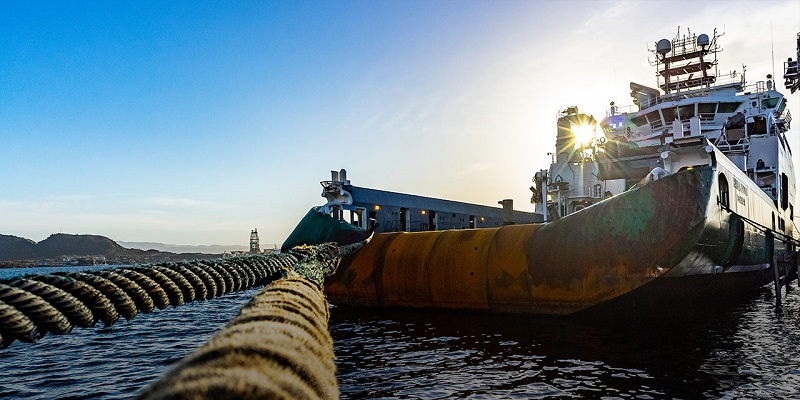In a world feeling the bad effects brought on by climate change, burning fossil fuels doesn’t seem like a long-term option. Gladly, the natural world around us provides a host of opportunities for clean, renewable energy. The ocean is one of them.
Today, there are a couple of rich sources of offshore renewable energy. This blog post explains offshore renewables and how they work.
Wind Farms
Today, wind farms are the most common type of renewable offshore project and in comparison to wind farms on land, they have several advantages:
- Both the speed and strength of the wind are greater in the ocean.
- The visual impact and noise levels are minimal.
- They could be bigger at sea, in other words, greater energy is collected.
- They produce a meager impact on ocean ecosystems.
“How an offshore wind farm project works is very easy and entrancing as well,” says an offshore wind analyst.
With the wind blowing, alongside the turbine blades spin. The blades are tied up with an array of mechanisms that raise the spin speed. This energy is in turn transmitted to a generator.
It is a bit like if you think of a fan but the opposite. The generator changes that kinetic energy into electricity. Likewise, power is driven to a substation, a site where the electricity generated in the wind farm is collected. Following that, a transformer then changes the voltage to a higher level and the energy is next transferred to homes onshore.
The Challenges
Wind energy Offshore Project is aiding in the mitigation of climate change. However, one of the biggest challenges is that the infrastructure is still expensive to build and maintain. Wind farms may deal with harsh weather conditions, like storms and hurricanes. As of now, European engineers are working on solutions, and the industry is beginning to reduce costs.
The technology has developed, according to analysts who watch over developments in the offshore renewables sector. Turbines got bigger, but also due to scale effects. “The more the knowledge increases, the cheaper they get.” A point to check today is, offshore wind is one of the cheapest sources of electricity in the world. It is cheaper than all fossil fuels.
The Bottom Line
Renewable wind energy is abundant near the shorelines and, of course, offshore. Installation of wind turbines and wind farms offshore may be expensive owing to the necessary foundation work. Nevertheless, the wind blows stronger and more consistently offshore, so more energy can be generated. This may offset the higher initial setup costs. Equipment used today is highly efficient, and that results in a decrease in prices if measured in kilowatt-hours produced. Due to these developments, interest in renewable wind energy has also increased.











































